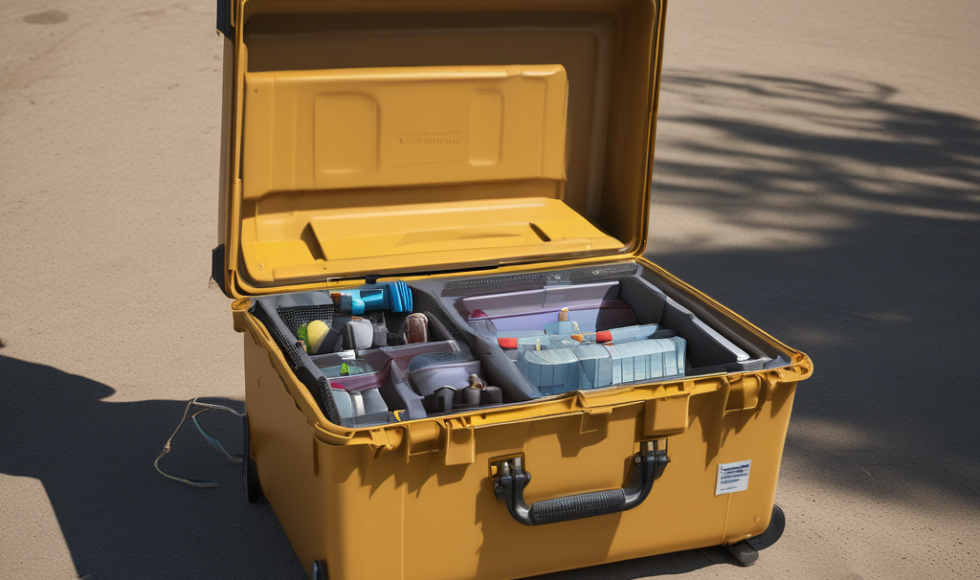I’m back home! I watched the London Calling 2024 session “Mobile lab for rapid detection of pathogens in wastewater in sub-Saharan Africa” by Rea Kobialka from the Institute of Animal Hygiene and Veterinary Public Health in Germany. Kobialka demonstrated the setup of the mobile lab suitcase for wastewater analyses. The suitcase lab needs a mobile power bank. The team’s rapid extraction method takes advantage of magnetic separation of impurities. Liquid is obtained, and mechanical lysis is performed. In the example, they used 200 ul of wastewater. Vortexing for three minutes with the glass beads is needed for optimal lysing of Gram-positive organisms. After adding buffers, magnetic beads are used to capture nucleic acid. The mix is incubated at 95 degrees for fifteen minutes. The magnetic beads are separated from the liquid and eluted. The extraction, Kobialka said, can be performed in under 20 minutes. Sequencing with the mobile lab uses the rapid kit and EPI2ME WIMP workflows. The number of reads obtained, Kobialka noted, was influenced by the sample extraction method used. The protocol developed by Kobialka detected more organisms than a spin column-based method. The mobile lab and extraction protocol were deployed and used in sub-Saharan Africa. Workshops were offered to train people in Africa using the mobile lab and solar panels for power. Kobialka emphasized how monitoring and early detection are critical for monitoring disease spread. Kobialka also noted that long-read length may help determine species-level taxonomy and location of mobile genetic elements.



